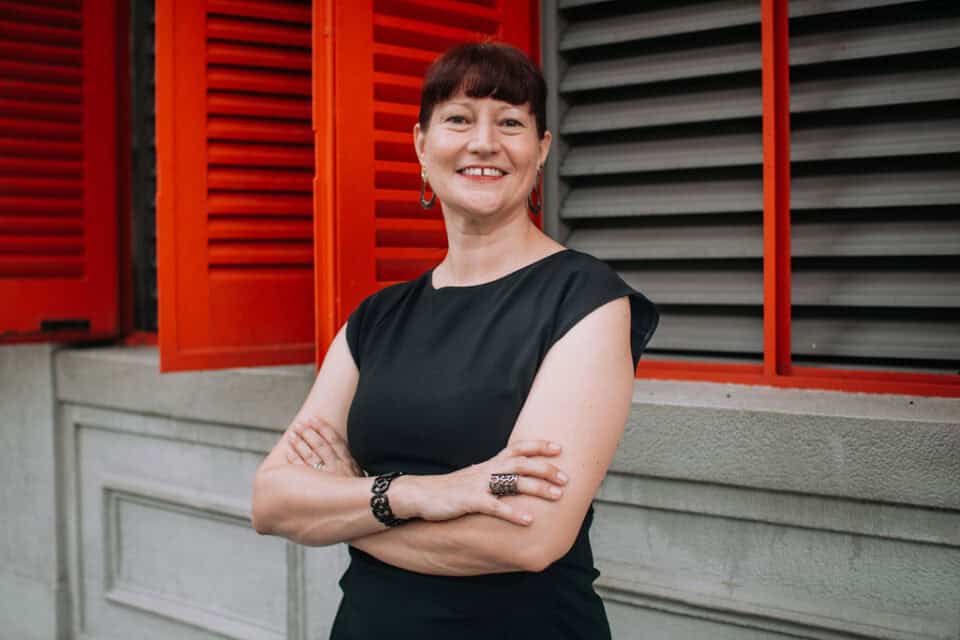US community colleges welcomed around 90,000 international students in 2012, and Community Colleges for International Development (CCID) supports those institutions seeking to expand internationally. We talk to president Carol Stax Brown.
The PIE: How does a community college differ from year-9 through 12 provision or a university? And can all recruit international students?
CSB: The US community college model provides the first two years of a community college degree. So students who come in with the interest of transferring to a bachelors degree would take a general education degree programme. But there are also certificates, diplomas and degrees in a lot of other subjects which students plan to complete and then go directly to the work place.
It’s an open access model so any one can be admitted from the age of 16. All US colleges can recruit internationals, although fee requirements and support services differ state by state. There’s definitely a wide market for international students to shop around, and the cost is usually less than universities.
“Awareness overseas is an issue… Many Americans don’t even understand what community colleges are!”
The PIE: What sort of international students do you get and what do they study?
CSB: They will almost always be right out of their high schools in their home countries. They usually use community colleges as a pathway to a bachelors degree. Community colleges often have articulation agreements with universities, regionally and nationally. So if a student knows where he or she would like to go to university, that will steer them towards a certain community college.
The majority come from Indonesia, Vietnam, Korea and China and they are focused on a handful of community colleges in the US.
The PIE: Are the colleges popular with international students?
CSB: The last Open Doors report showed a slight decline in the number of students coming. I don’t really know why, because our perception is they’re getting more popular. We just need to do a better job of how we present ourselves. The most successful colleges focus their marketing on the fact they are pathways to university.
The PIE: So building awareness is an issue.
CSB: Yes. Colleges are a great price for the value, have small classes and strong teaching faculties. They also included specialist support services such as English as a second language and special tutoring services. Yet most colleges don’t have international programmes offices or recruiters.
“The most successful colleges focus their marketing on the fact they are pathways to university”
The PIE: Do you represent all US colleges and how do you support them?
CSB: We have approximately 175 members, 130 from the US the remainder from around the world. As most community colleges in the US are locally focused, it’s probably not more than 15% of US colleges that are very active in international projects or recruiting students.
We’re not a recruiting association at all. We help with the capacity building to ensure that the institution is really prepared to host international students.
The PIE: What does that involve?[More>>]
CSB: You want to make sure the college has opportunities for the students to engage with the local community. And that the faculty are prepared to work with international students. A lot of them are, but a lot of damage can be done if students show up and nobody’s aware.
The PIE: It sounds like community colleges are newer to international recruiting than universities.
CSB: The majority of the community colleges are in small communities, rural communities, that don’t necessarily have that expectation that they are meant to be a global institution. So it’s not natural that they invest money in attracting students from all over the world.
More and more they are, though, because they realise they need to expose their students to different cultures for them to be successful, even within their local communities. Less than 1% of community college students will study abroad.
“You need the community on board… The perception can be that international students are taking away local services and seats”
But you need to have the community on board with that concept. If they hear that suddenly students are coming to their local colleges from all over the world the perception can be that they are taking away local services, taking away seats.
The PIE: Have you had resistance from communities?
CSB: Oh yeah. Any one bad experience and they’ll just shut it down, and say no more international students at least not for a while.
The PIE: You wouldn’t associate that reaction with universities, why are colleges different?
CSB: Community colleges have to respond to local needs. If they shut a plant down in a local area, then you might have 200 additional students the next semester because they’re coming to be retrained. So they’ll open up new classes and hire more faculty because they have to serve the needs of the community. In fact, international students can bring significant revenues to local communities.
The PIE: Is that through their differentiated fees?
CSB: Students generally pay double or triple what and in-state student would pay. There’s usually and in-state rate, out of state rate and international rate. But they also build capacity at the college and help the college develop relationships with local providers of accommodation and transport. They are also a boost to the community because they come and take apartment space.
“Students generally pay double or triple what and in-state student would pay”
The PIE: What are the other barriers for colleges recruiting international students?
CSB: Public spending cuts can affect things. Often you’ll see leadership back away from aggressive recruitment efforts, because everything may become controversial if suddenly there’s no money available yet seats are being filled by international students. But then you’ll find in other areas that leadership is quite wise to the fact that international students do pay additional tuition, which actually supports other US students.
The PIE: Do community colleges ever offer internationals a route to work in the US?
CSB: They could do. But in most parts of the world the two-year degree is not recognised. So if they are returning home, they are going to be looking for a four-year credential. I could see potential in students with degrees coming for an add-on certificate in a very particular area. But the employers need to see the value in that, and we have a long way to go in educating other countries about what those certificates and degrees mean.







